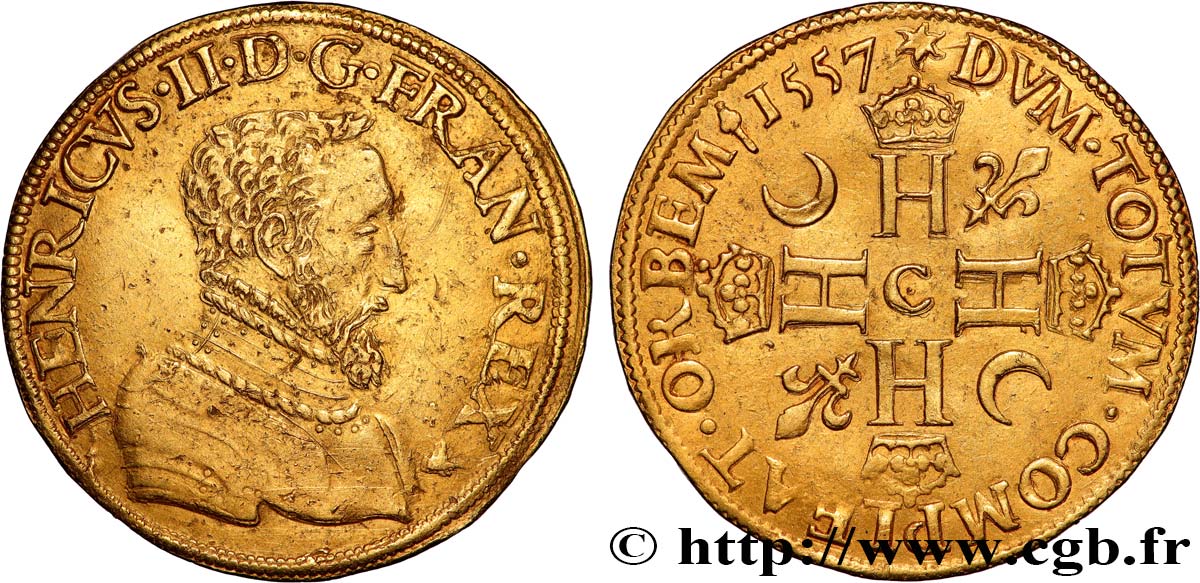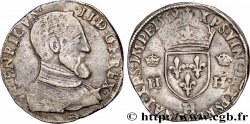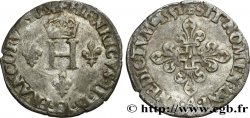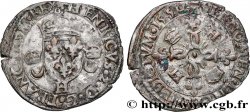Live auction - bry_904200 - HENRY II Double henri d'or, 1er type 1557 Saint-Lô
You must signin and be an approved bidder to bid, LOGIN TO BID. Accounts are subject to approval and the approval process takes place within 48 hours. Do not wait until the day a sale closes to register. Clicking on "BID" constitutes acceptance of the terms of use of cgb.fr private live auctions.
Bids must be placed in whole Euro amounts only. The sale will start closing at the time stated on the item description; any bids received at the site after the closing time will not be executed. Transmission times may vary and bids could be rejected if you wait until the last second. For further information check the Live auction FAQ
All winning bids are subject to a 18% buyer’s fee.
All winning bids are subject to a 18% buyer’s fee.
| Estimate : | 8 000 € |
| Price : | 6 501 € |
| Maximum bid : | 6 507 € |
| End of the sale : | 04 June 2024 16:01:49 |
| bidders : | 3 bidders |
Type : Double henri d'or, 1er type
Date: 1557
Mint name / Town : Saint-Lô
Quantity minted : 800
Metal : gold
Millesimal fineness : 958 ‰
Diameter : 28,5 mm
Orientation dies : 12 h.
Weight : 7,26 g.
Rarity : R2
Coments on the condition:
Ce double henri est frappé sur un flan large. De petites rayures sur le portrait et devant l’œil du roi avec un défaut de flan sur le front
Catalogue references :
Predigree :
Monnaie provenant d’une vente à l’amiable Claude Burgan faite en août 2001 et provenant de la collection Jean-Pierre Garnier
Obverse
Obverse legend : HENRICVS. II. D. G. FRAN. REX (TÊTE DE LICORNE À GAUCHE).
Obverse description : Buste cuirassé à droite d’Henri II.
Obverse translation : (Henri II, par la grâce de Dieu, roi des Francs).
Reverse
Reverse legend : (SOLEIL) DVM. TOTVM. COMPLEAT. ORBEM (MM) 1557.
Reverse description : Croix formée de quatre H couronnées, cantonnée aux 1 et 4 d’un lis, aux 2 et 3 d’un croissant ; lettre d’atelier en cœur de la croix.
Reverse translation : (Pour qu'il remplisse l'Univers).
Commentary
Avec un chiffre de mise en boîte de huit henris d’or, la production globale peut être estimée à 1.600 henris d’or ou seulement 800 doubles d’or. Monnaie de la plus grande rareté avec aucun exemplaire recensé dans le Franciae IV.








 Report a mistake
Report a mistake Print the page
Print the page Share my selection
Share my selection Ask a question
Ask a question Consign / sell
Consign / sell
 Full data
Full data








